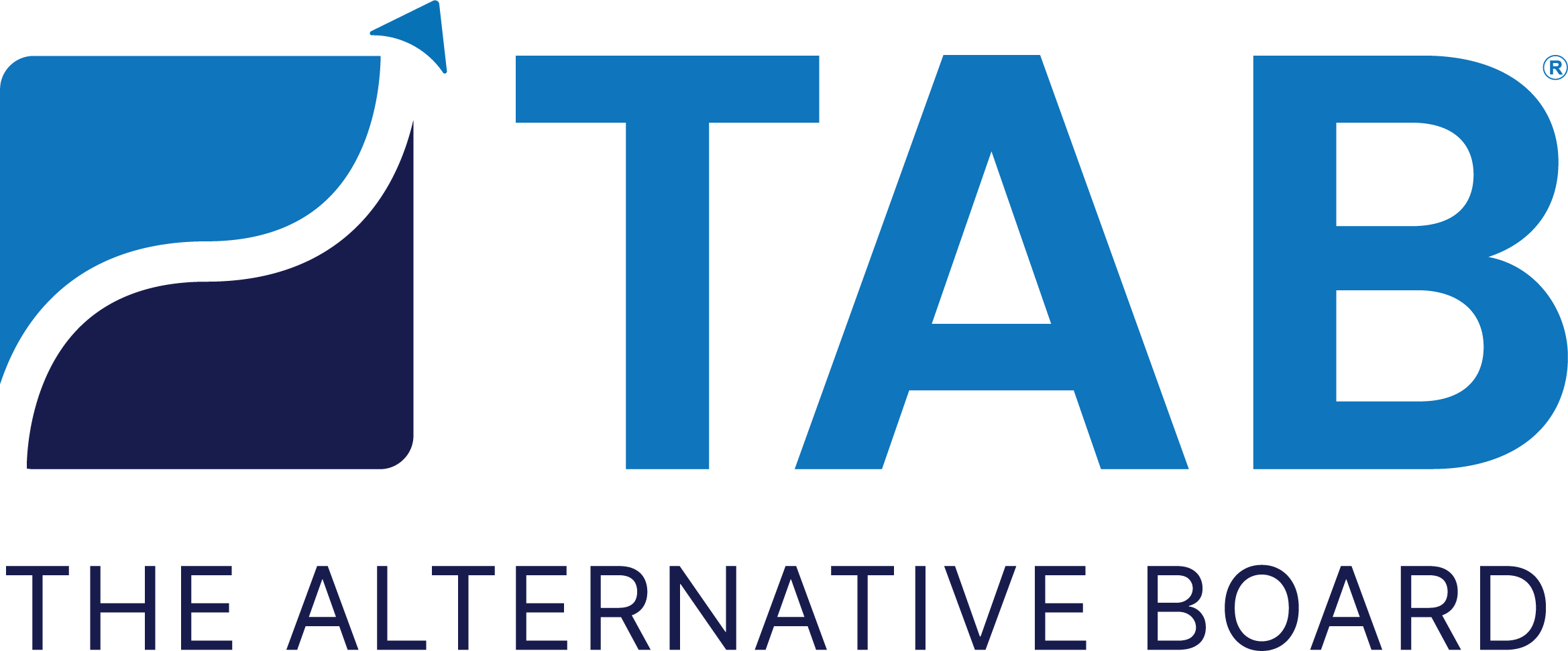Protecting Your Business in a Time of COVID
If anything demonstrates the role of uncertainty in today’s business landscape, it must be the nagging persistence of COVID-19 around the world.
Only last year, it appeared the pandemic might be receding, and some level of normalcy might return. Unfortunately, CEOs and business owners can’t afford to entertain that hope for the immediate future.
But there are plenty of steps businesses can take to protect themselves, their employees, and the safety of their workplace. Here are tips to keep in mind:
Be the leader your company needs.
The leader sets the tone for the company culture. The workforce in your organization depends upon your strong leadership, especially in these challenging times. As we have noted before, “If you are the type of leader who keeps their employees at an arms-length, now is the time to be present, empathetic, kind, and forgiving. You can be ‘socially distanced’ without being emotionally distanced from your workforce.”
Assess how external factors affect your operations.
It’s not easy to analyze the effects of the global pandemic when we’re still living through it, but that’s one of a chief executive’s key responsibilities. With trusted team members, look at potential best- and worst-case scenarios in the weeks and months ahead. Try to think of the impact of COVID-19 on your business in three months or even six months from now.
“If your customers close operations for a few weeks or months, what impact will that have on your revenue forecast and sales cycle?” asks Wolters Kluwer, a global provider of professional information. What other adjustments might be needed “to protect employees, revenues, and continue to serve customers?” Tough questions, but worthy of at least some “place-holder” answers.
Take every conceivable safety precaution.
With the understanding that a company’s workforce is its most precious asset, businesses should undertake every precaution it can during this dangerous time. Here are key recommendations from the Centers for Disease Control and Prevention:
Encourage employees who don’t feel well to stay home.
Create flexible policies for scheduling and remote work.
Look for ways to reduce face-to-face contact between employees.
Mandate regular, comprehensive cleaning of the workplace (from countertops to workstations).
Offer educational materials concerning COVID-19.
The CDC also recommends pinpointing your most essential business functions and exploring acts to take in the event of a serious business disruption.
Re-evaluate your business model.
Experts say this is a time when leaders should take a fresh look at their business model, in light of the global pandemic. CEOs and business leaders have to ask tough questions, notes EY, such as: “What kind of better experiences do we want to create for our customers? In what ways can our people work and how can technology support them? How do we do this without compromising the safety and efficiency of our people and business?”
Of course, the process of re-evaluation shouldn’t be restricted to a single individual at the top of the organization. Now is a good time to invite thoughtful input from employees at all levels. By now, everyone has some experience coping with the impact of the coronavirus, and asking for company-wide suggestions is always a good idea.

